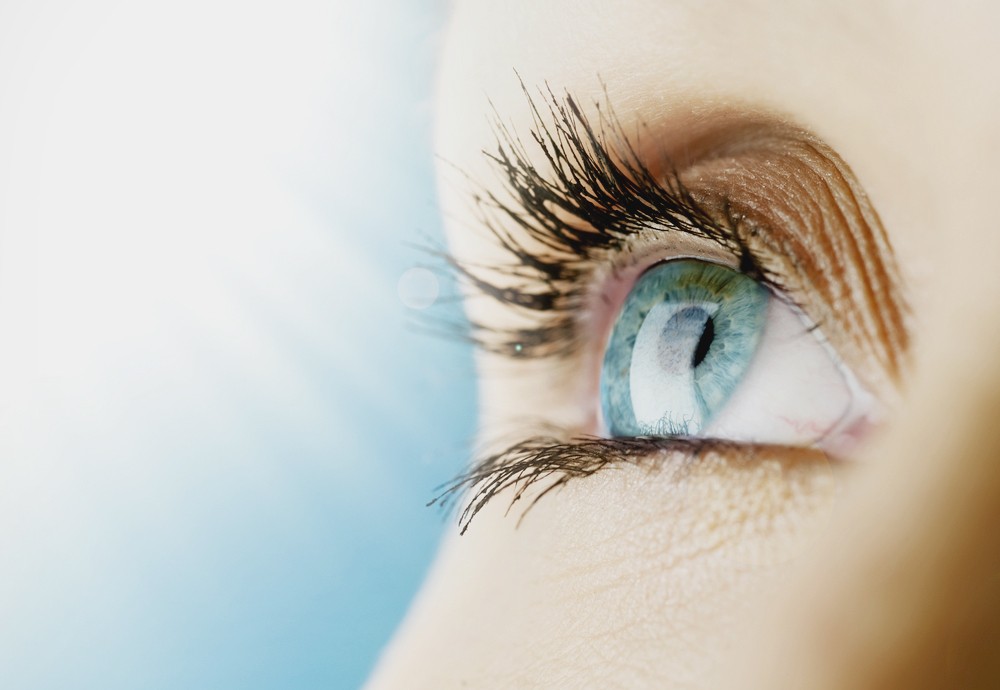Do You Have A Rate Of Interest In Checking Out The Historic Origins And Contemporary Growths In Glaucoma Therapy Approaches?
Do You Have A Rate Of Interest In Checking Out The Historic Origins And Contemporary Growths In Glaucoma Therapy Approaches?
Blog Article
Produced By-Buck Hill
Did you understand that the advancement of glaucoma treatment approaches spans centuries, including both conventional treatments and sophisticated innovations? From ancient herbal concoctions to innovative Minimally Invasive Glaucoma Surgical procedure strategies, the range of options is vast. As you explore the complexities of conventional versus ingenious methods, you might uncover surprising understandings that test standard perspectives on treating this common eye problem.
Historical Advancement of Glaucoma Treatments
The historic advancement of glaucoma therapies goes back to ancient civilizations where different solutions were made use of to take care of the problem. In ancient Egypt, for example, therapies included a mix of honey, fat, and sour milk applied to the eyes. The Greeks and Romans also contributed to early glaucoma treatments with a concentrate on topical applications and dietary interventions. Throughout background, diverse cultures established one-of-a-kind techniques to ease the signs and symptoms of glaucoma, usually rooted in organic remedies and superstitious notions.
As time advanced, developments in medical expertise caused even more methodical strategies to treating glaucoma. Between Ages, Arabic scholars made considerable contributions by studying the composition of the eye and developing surgical techniques to deal with eye conditions. go source laid the structure for contemporary glaucoma therapies that we've today. Comprehending the historic context of glaucoma therapies gives important understandings right into the continuous progression and refinement of clinical practices over the centuries.
Contrast of Standard Techniques
In contrasting typical approaches for dealing with glaucoma, think about the historic contexts and efficiency of numerous solutions.
Traditional therapies for glaucoma have developed over centuries, from ancient techniques like using honey and red wine to a lot more current advancements such as eye decreases and surgical procedures. Historically, solutions like the application of leeches or organic mixtures were used to relieve signs, however their performance was limited.
As time proceeded, methods like iridectomy, where a part of the iris is eliminated, came to be popular for reducing intraocular pressure. Some traditional techniques, like using dental medicines to reduce eye stress, have stood the test of time and are still utilized today. Nonetheless, these treatments frequently come with negative effects and may not be as effective as modern-day choices.
It's essential to weigh the historic significance of traditional glaucoma treatments against their efficacy in the context of present clinical innovations.
Analysis of Ingenious Therapy Approaches
Thinking about the developing landscape of glaucoma therapy, ingenious strategies are revolutionizing the way this eye problem is handled.
One noteworthy development is minimally invasive glaucoma surgery (MIGS), which supplies a less intrusive alternative to standard operations. MIGS intends to reduce intraocular stress by improving the eye's all-natural drain system, bring about fewer problems and faster healing times compared to conventional surgical procedures.
Furthermore, the advancement of sustained-release medication delivery systems has actually supplied a much more reliable method to provide glaucoma medication. These systems can launch medication progressively over an extensive duration, improving individual adherence and decreasing the frequency of eye declines.
In addition, emerging technologies like careful laser trabeculoplasty (SLT) provide a non-invasive option for reducing intraocular pressure by targeting certain cells in the eye's drain system.
Conclusion
As you review the evolution of glaucoma treatments, you can see exactly how standard techniques have actually led the way for innovative methods to arise.
From cataract surgery after 3 weeks to modern-day developments, the trip of treating this facility eye condition has been like a rollercoaster experience.
Yet with new techniques like MIGS and sustained-release drug shipment, the future appearances brighter than ever before for patients looking for efficient and less intrusive solutions.
